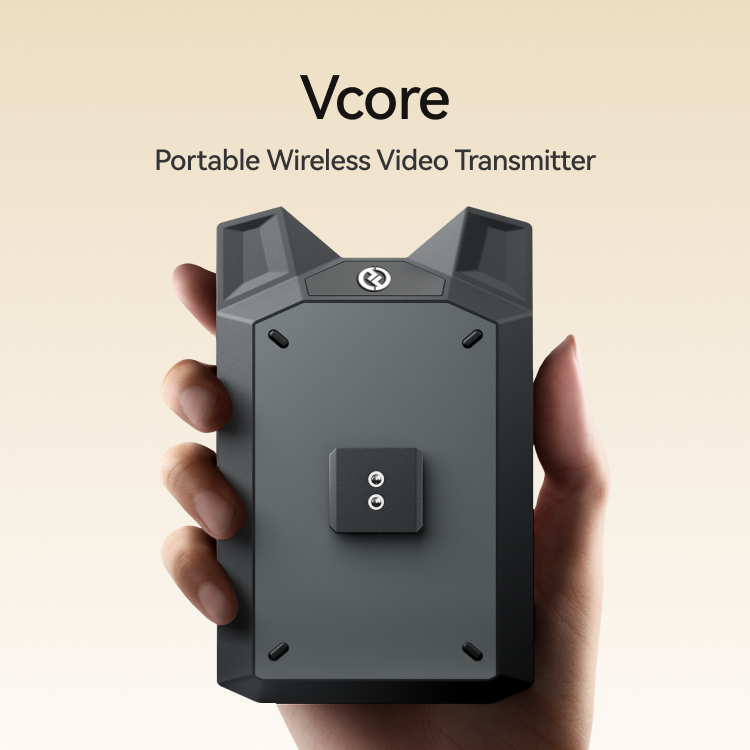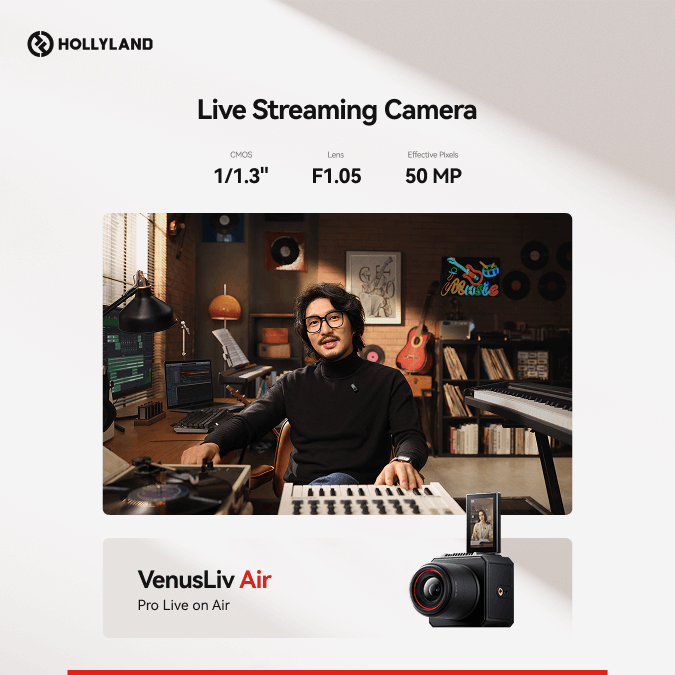Most people don’t know how they sound until they hear it on a recording. Then suddenly, it’s too thin, too flat, too something. Never perfect. The good news is that it’s not God-sent and you can improve it. With the right gear, knowledge and tools, you can sound sharp, confident, and clean.

This guide will help you achieve this with steps to enhance tone, clarity, and the presence of your voice. Let’s not waste any time and go surgical to make you sound legendary!
Step 1: Record and Listen to Your Real Voice
You can’t fix what you can’t hear. The way you think you sound and how you actually sound are usually two very different things.
Play a recording of yourself reading a short paragraph or just talking. Listening to yourself can feel brutal. But don’t worry, that reaction is universal.
Here’s what to do:
First, find the right space to record. Pick a quiet room — somewhere with minimal echo or background noise. Have a mic ready. A good one helps (we’ll talk gear later), but for now, any working mic will do. If you’ve got a headset or earbuds, use those to listen back to your recording.
To test if your mic is working fine, you can either trust it or visit MicTests.com to test it. Now read something out loud — nothing fancy, just a casual paragraph. Keep it natural.
Put on your headphones and hit play. Listen closely. Is your voice clear, or a little mumbly? Too soft? Too sharp? Does it sound nasal? What about pacing — rushed, dragging, or smooth? And overall, confident, or hesitant?
Take notes. You don’t need a spreadsheet — write down two or three things you noticed. This first recording is your baseline. From here on, you’re working with honest feedback, not guesswork. And that’s where the real progress starts.
Tip: Don’t delete your first recording; instead, label it something like “Day 1.” It’ll become your reference point. Listening back to this will give you real, measurable proof of progress.
Step 2: Identify Voice Issues That Need Improvement
Now that you’ve recorded your voice, it’s time to face it head-on. Here’s what to look for when critiquing your voice:
1. Muffled or Hollow Tone
The muffled voice is low on clarity and high on frustration. This usually comes from a tight jaw, poor breath support, or bad mic placement. On the flip side, if your voice feels paper-thin and lifeless, you’re probably missing depth and warmth. In either case, you’ll want to improve vocal resonance, which we’ll address soon.
2. Volume Problems
Too soft and you’ll sound unsure. Too loud and, well, people might rip out their earbuds. Find the perfect balance and volume control is your friend here.
3. Nasal Voice
It occurs when sound escapes primarily through the nose rather than the mouth. Not only is it hard to listen to, but it also kills clarity. If you noticed your voice sounding like you’re plugged up, that’s a sign to work on oral resonance and airflow.
4. Breathiness
If your voice sounds like it’s sighing through every word, you’re leaking too much air. If it’s not intentional, it just makes you sound weak or out of breath. If your sentences sound like whispered secrets, mark it down.
5. Speed Demons and Slow Drifters
Talking too fast is often nerves disguised as confidence. If your words tripped over each other or felt rushed, you’re likely in that boat. On the other hand, dragging out every word kills momentum. Aim for around 120 words per minute—steady, clear, natural. Not a robot, not an auctioneer. Somewhere in the middle.
6. Flat Delivery
No highs, no lows—just one long monotone ride to nowhere. If your voice lacked pitch changes or emotional lift, that’s a problem. People tend to tune out quickly when they can’t sense your energy. Even small changes in tone help bring your words to life. Think less textbook, more storyteller.
What You Should Do
Note down two or three real issues you heard in your recording. Be specific. None of that “I just sound weird” stuff. Try:
- “Too nasal and rushed”
- “Flat tone, too soft”
- “Clear but breathy and dull”
Once you’ve got your list, you’ve got a target. And the moment you name what needs work, you’ve already moved one step closer to a voice that turns heads—in a good way.
Just remember: there’s no perfect voice. You’re not trying to become someone else. You’re just tuning the instrument you already have.
Tip: Use a reference voice to compare. It could be of a speaker you admire and record yourself reading the same paragraph. Play both recordings side-by-side. This comparison helps isolate what’s missing in your tone, pacing, or emotion more clearly than guessing on your own.
And remember never to self-judge in real-time—always critique recordings.
Step 3: Fix Common Voice Problems with Physical Adjustments

Once you’ve pinpointed what’s off in your voice, here’s how to start fixing it.
1. Posture – Stand or Sit Tall for Better Sound
Back straight, shoulders loose, chin level — nothing rigid, just upright and open. That lift creates room in your chest and diaphragm to do their job. The bonus? You look more confident, and that confidence is evident in your tone as well. People hear posture — strange but true.
2. Breath Support
Chest breathing is weak and shallow. Diaphragmatic (belly) breathing is how your body was built to handle speech. Now try this daily drill: inhale for 4 seconds, exhale on a soft “ssss” or “ha” for 6 to 8 seconds. Do this a few rounds each morning. It trains your lungs to push air in a steady, controlled way, which translates to a louder, fuller, and more stable voice without strain.
3. Jaw and Throat Relaxation
The jaw and throat hold more stress than most people realise, especially when nerves kick in. Before you speak, take a moment to reset. Open your mouth like a slow-motion yawn, then gently rub your jaw joints in little circles. Feel the tension melt a bit? Good. The more open your throat and jaw, the clearer and more resonant your voice becomes.
4. Pacing – Control Your Speed
Talking too fast isn’t just a nervous habit; you might be addicted to doing so. Slow it down. A good target is around 120 words per minute. It might feel slow, but to everyone else, it sounds thoughtful and calm. Try using a metronome app set to two beats per second. Speak one word per beat. Sounds robotic at first, but it helps you feel the rhythm. Don’t forget to pause, especially at commas and periods.
5. Energy and Expression
Let your pitch rise or fall. Speak louder when it matters, softer when it counts. That kind of vocal variety keeps people engaged. Smiling while you talk makes your voice warmer. Try it. You’ll hear the difference.
Practice and these adjustments become muscle memory fast. And the difference you’ll hear? Immediate.
Tip: Stay hydrated. Even slight dehydration makes your vocal folds less flexible, leading to strain, crackling, or pitch instability. Drink water throughout the day and limit your intake of caffeine and alcohol (prefer to avoid it before practice).
Step 4: Practice Speaking Daily to Build Vocal Clarity and Confidence
Training your voice is the most essential and most practical step. Make it a daily habit. Set aside 10 to 15 minutes a day. Daily repetition strengthens vocal muscles and builds coordination. It’s not immediate, but the shift sneaks up on you: words feel easier to say, tone gets fuller, and speaking feels less like a performance and more like second nature. Week by week, you’ll hear it. People around you will too.
Before starting a workout, begin with light vocal warmups:
- Lip trills – blow air through closed lips to get them buzzing.
- Humming – gently up and down a scale.
Once warm, shift into clarity drills:
- Tongue twisters – “Red leather, yellow leather.” “She sells seashells.” Go slow, then pick up speed.
- Over-articulation reading – read aloud, exaggerate each consonant. Sounds weird at first, but it tunes your mouth for clarity.
Then mix in vocal control drills: take a basic phrase like “Good morning, how are you?” and say it with different intentions—light and upbeat, then serious and deep. Play with pitch and volume. It’s not about sounding perfect—it’s about building control over how you sound.
All that practice doesn’t matter if you never test it in real life. The more ways you find to use your voice, the more it starts working for you, rather than against you.
Tip: Talk out loud more — even if no one’s listening. This builds vocal stamina and forces clarity. It’s a trick used by language learners and public speakers to stay fluent, confident, and sharp between formal practice sessions.
Step 5: Use Software Tools to Enhance Your Voice
Raw recording still sounds raw. We’re in 2025, and the access to incredible tools you have now is revolutionary. Let’s discuss them.
Option 1 – Real-Time Voice Processing
If you’re using Zoom, Discord, OBS, or just want to monitor your voice live while recording—real-time mic processing is a game-changer. For Logitech G Series headset users (like the Logitech G Pro X), G Hub software gives you precise control over your mic using Blue VO!CE.

To config your mic, let’s say in Logitech G Hub, launch Logitech G Hub and select your connected headset (e.g., Logitech G Pro X).

Click the Microphone tab. Here, you’ll see your mic’s input level, a sample recording loop feature, and a Blue VO!CE toggle.

When you enable Blue VO!CE, it activates a professional voice effects chain designed to clean up and enhance your voice.

Want more control? Ticking Advanced Controls reveals full control over each module (EQ bands, compressor settings, noise gate, etc.), allowing you to fine-tune your mic to your exact preferences.

G Hub includes curated voice presets great for plug-and-play clarity. Choose one and you can modify it further.

Many headsets (e.g., SteelSeries with Sonar, Razer with Synapse) also offer mic tuning software. If not, try third-party tools like Voicemeeter, NVIDIA Broadcast, or OBS filters. The configuration options across these platforms are nearly identical—EQ, noise gate, compression, and more.
Real-time voice tools enable you to sound clean, clear, and professional while speaking. Combine them with solid mic habits from earlier steps, and you’ve already levelled up your voice.
Option 2 – Post-Recording Voice Enhancement
There’s a universe of tools to enhance the pre-recorded audio. For example, Adobe Podcast Enhance is a free web-based AI tool that does one thing absurdly well: it makes your recordings sound studio-level great.

Simply upload your audio, and it will take care of the rest. It works shockingly well.
For more hands-on control, use DAW software like Audacity (free) or Adobe Audition (paid). These let you tweak your voice with surgical precision: EQ, compression, de-essing, and noise reduction are just the start.
Just one heads-up: don’t overdo it. Heavy-handed processing can make your voice sound artificial. Software doesn’t replace technique—it amplifies it. These tools help shape your voice into something smoother, cleaner, and more pleasant to listen to.
So use what’s available. Master the basics, then bring in the technology. You’ll be shocked how good you can sound.
Tip: Start with a preset, then customise gradually. On Logitech G Hub, Voicemeeter, or a DAW, don’t build your voice chain from scratch. Use a built-in voice preset (like “Broadcaster” or “Warm & Clear”) as your foundation. Once you’ve tested it, then fine-tune settings based on what your voice needs. It saves hours and yields a professional result more quickly.
Step 6: Improve Mic Placement and Recording Setup

Let’s work on your mic placement. First, let’s discuss mic distance and angle. The distance between the mic and you must be 6-8 inches. Use the “hang loose” test—thumb to lips, pinky to mic.
And don’t aim it straight at your mouth. Angle it 20–30 degrees off to the side so plosives (like “P” and “B”) don’t slam into the capsule. A pop filter helps too—definitely worth it.
Now, let’s discuss your place. If your space is bare, your recording will sound hollow. Add carpet, curtains, bookshelves—anything soft that soaks up echo. Closets full of clothes? Surprisingly good recording spots. Never face a wall while recording. Face something absorbent. Even a blanket on the wall behind the mic can help.
Cut the noise by turning off its source. In the case of a dog, however, give it our love and politely ask it to stay quiet. Background hums might seem calm, but they show up loud in your audio. Record when it’s silent. Fixing it later? Always worse.
It’s not the mic, it’s how you use it. Get this right, and your voice will finally sound as good as it should.
Tip: Before every session, record a 10-second test to check for plosives, echo, and clarity. Speak slightly past the mic (not directly into it), angle it off-axis, and listen back — not just once, but every time. Small mic shifts can ruin great takes, so always trust your ears, not just your setup.
Conclusion
You’ve put in the work—listened, adjusted, practised, and refined. Now your voice sounds better, clearer, stronger. Not because you chased perfection, but because you unlocked what was already there.
From smart technique to better gear use, every step added up. And the best part? This isn’t the end—it’s your new baseline. Keep showing up, keep speaking, and your voice will continue to grow. You don’t need to sound like someone new. Just sound like you—at your best.
FAQs
Q: What’s the ideal mic distance for voice recording?
Around 6 to 8 inches from your mouth. Angle it slightly off to the side and use a pop filter to reduce plosives.
Q: How do I reduce echo without building a studio?
Use rugs, curtains, blankets, or bookshelves to absorb reflections. A closet full of clothes can also work as a makeshift vocal booth.
Q: Can I use a phone mic or earphones for recording?
Yes, if placed carefully. Keep the mic off to the side of your mouth and reduce room noise for best results.
Q: Do I need software to sound professional?
Not always. Good mic technique and a quiet space go a long way. Software helps with polish, but clean input is key.
Q: What type of microphone is best for voice recording?
A cardioid condenser mic is ideal. But even a cheap USB or lavalier mic can sound great with proper placement and setup.
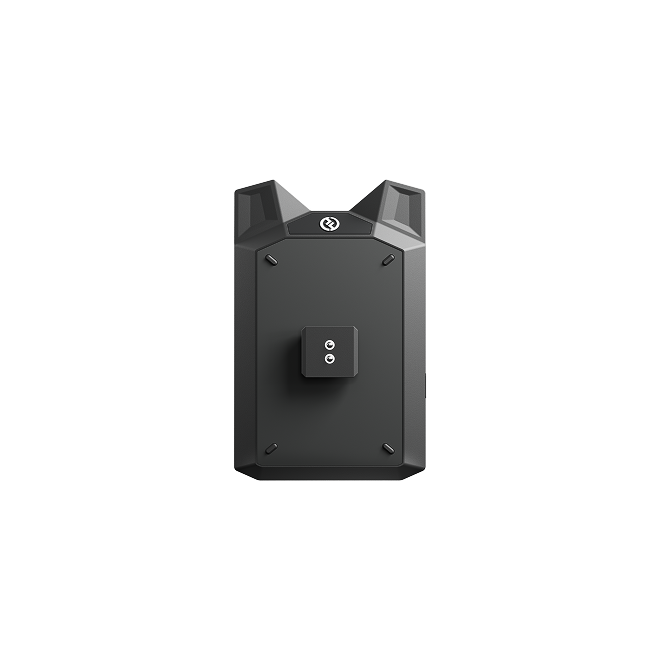

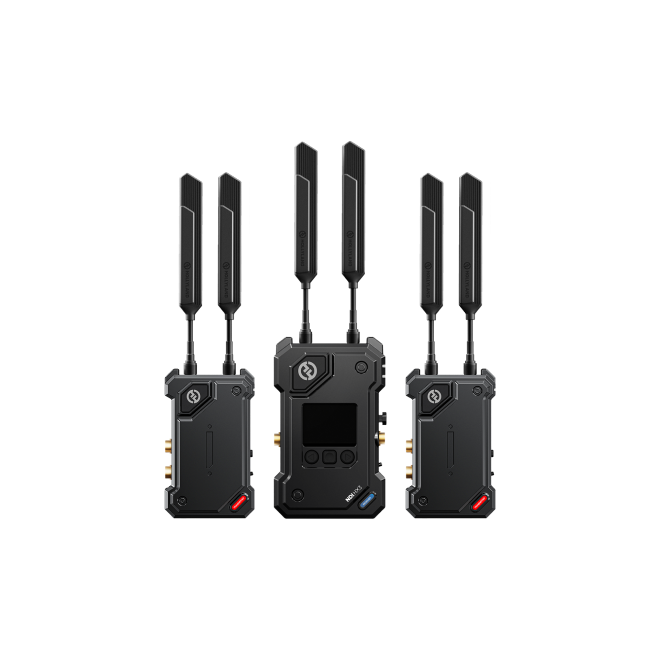
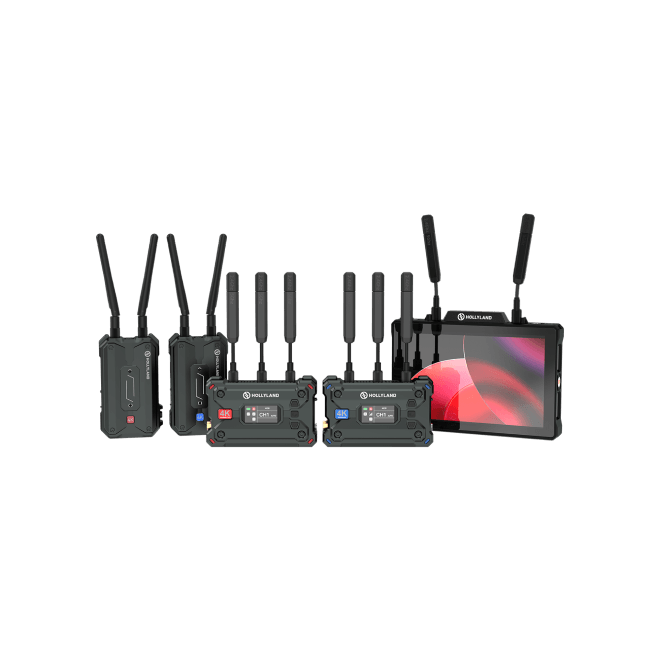
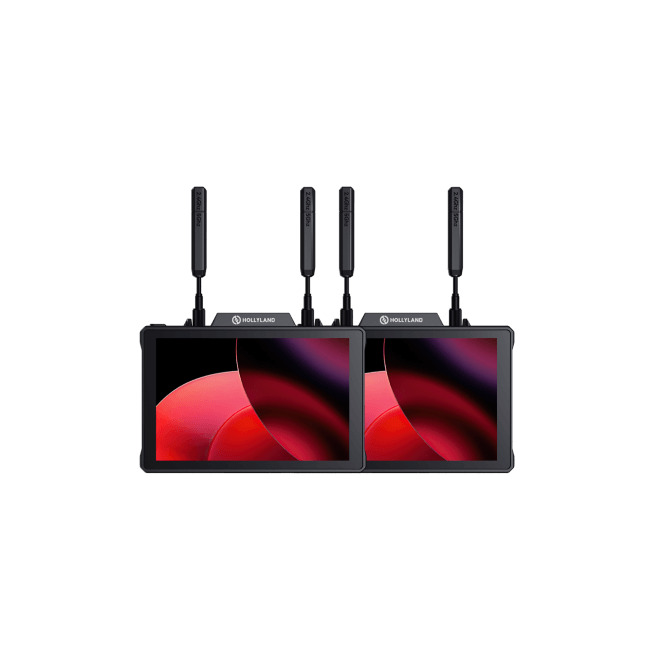
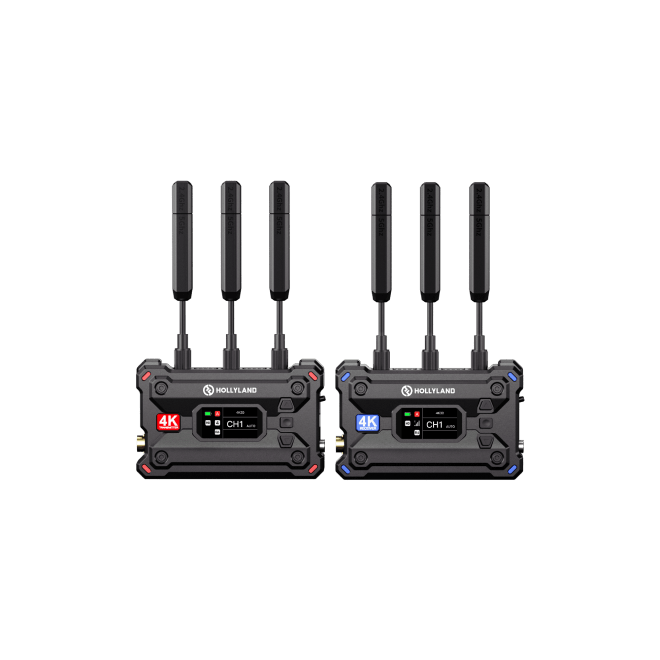
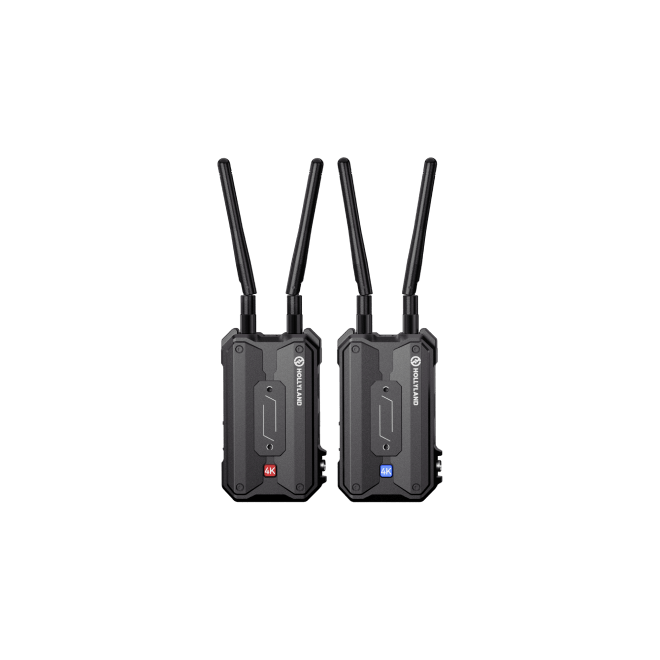
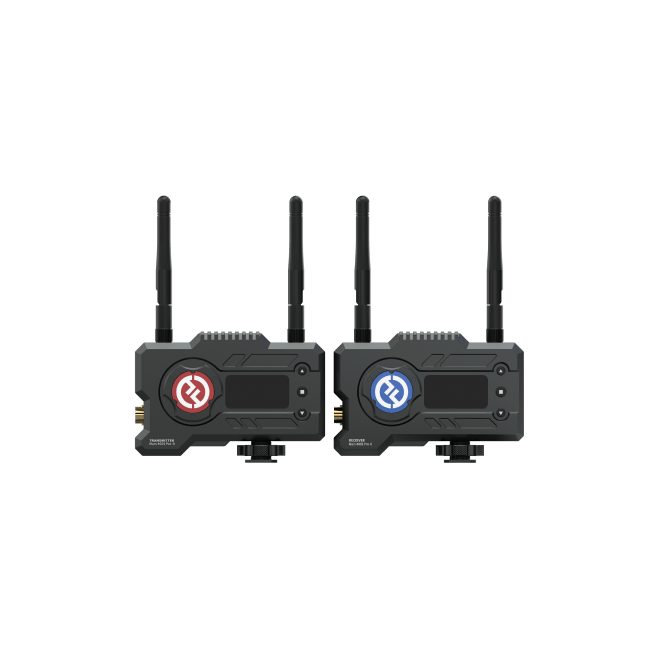

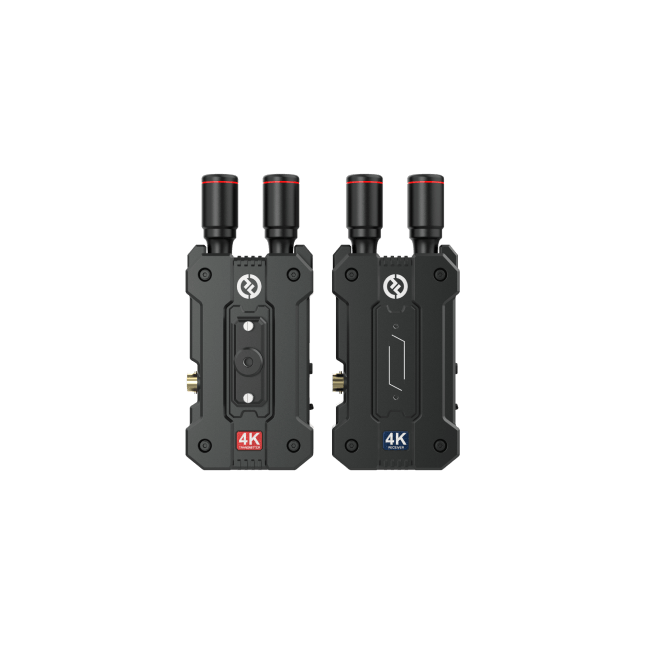
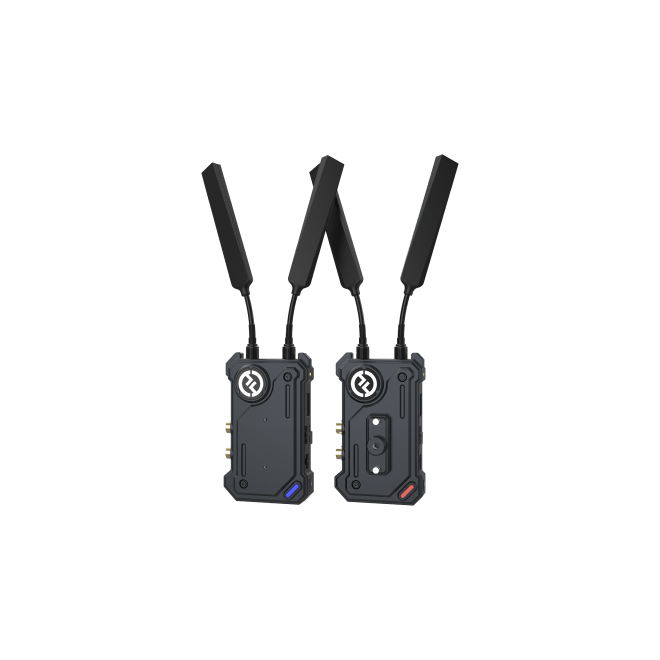

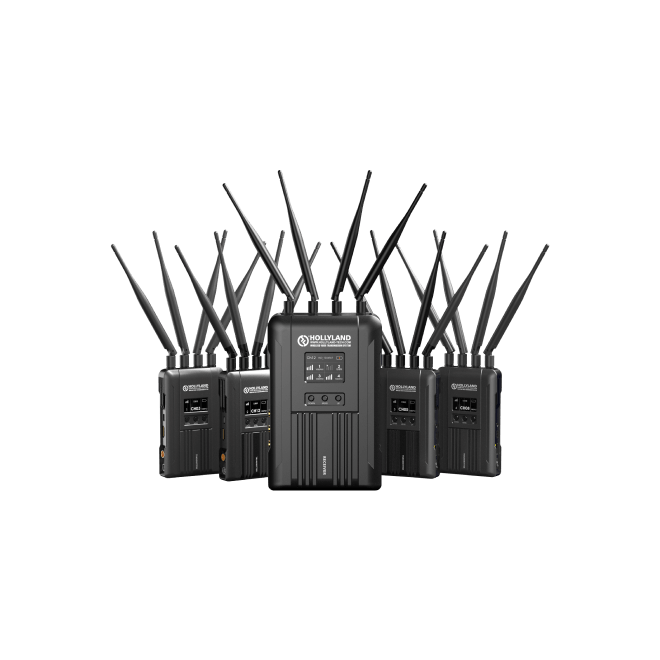
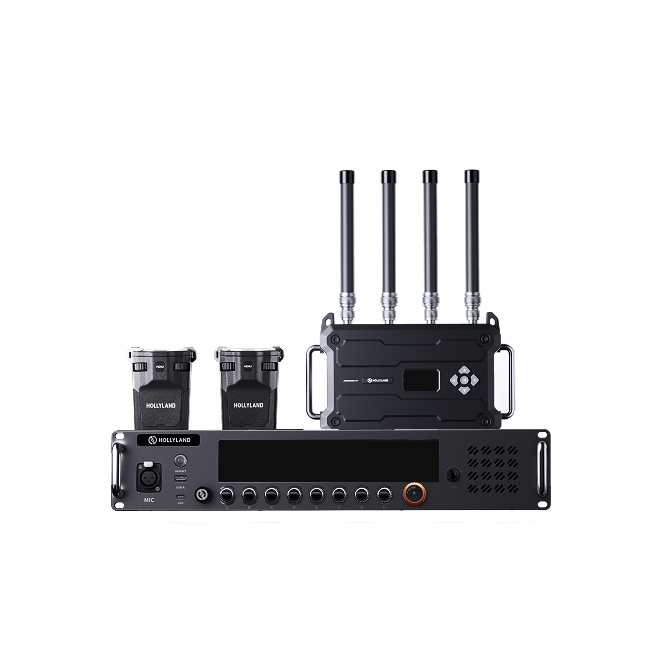

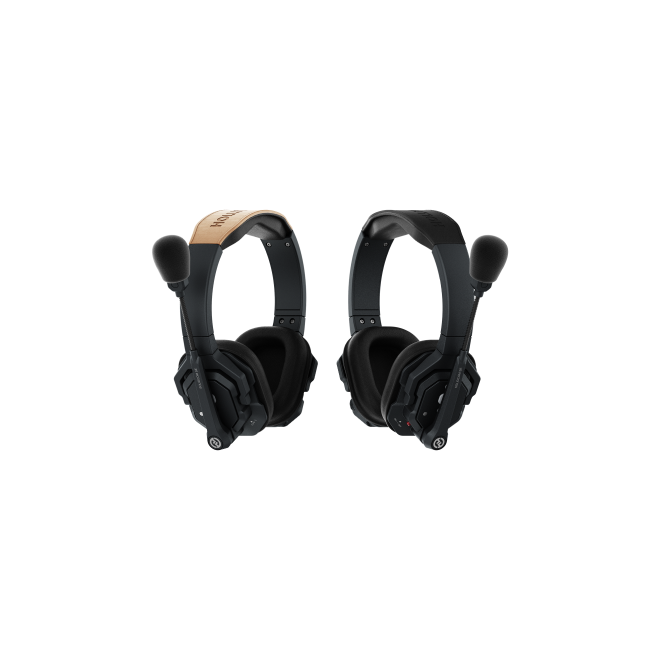

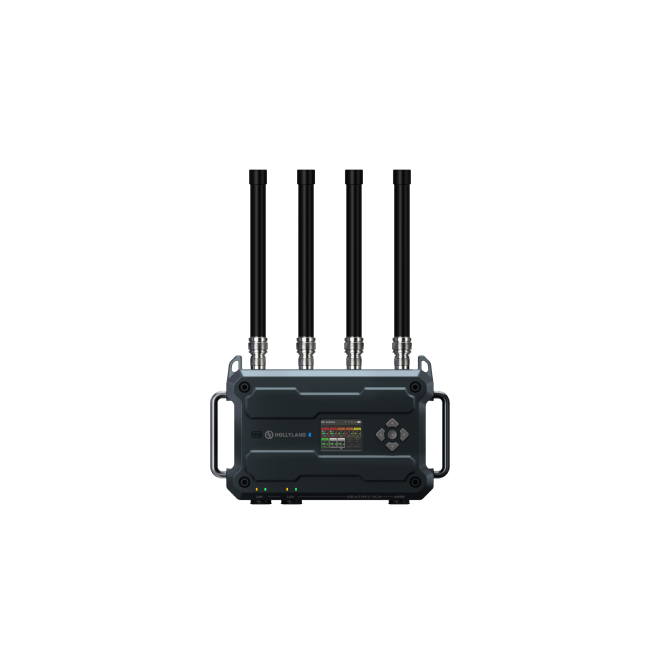
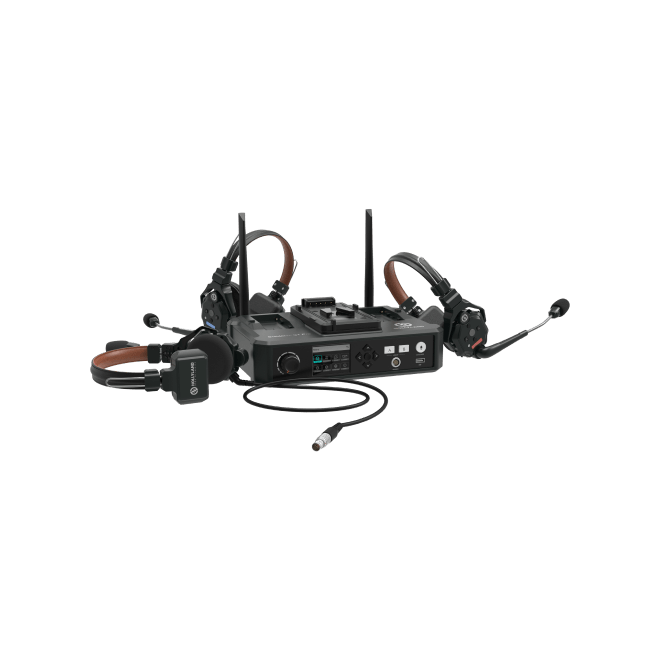
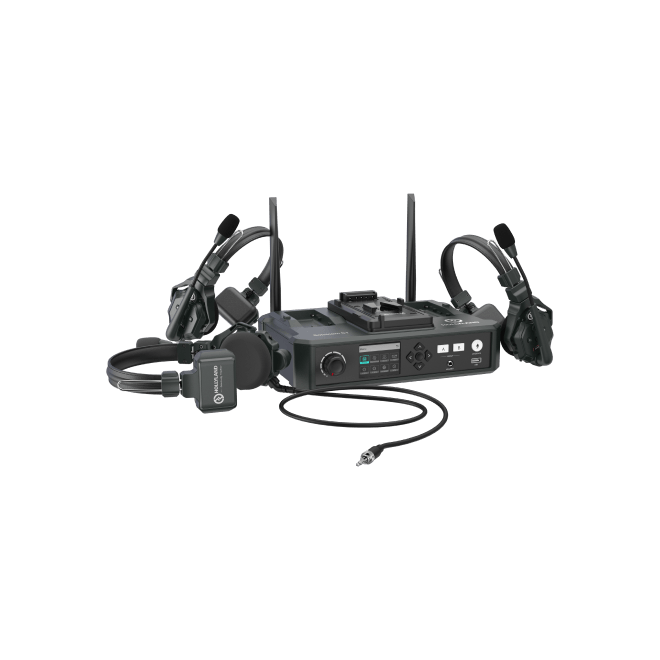
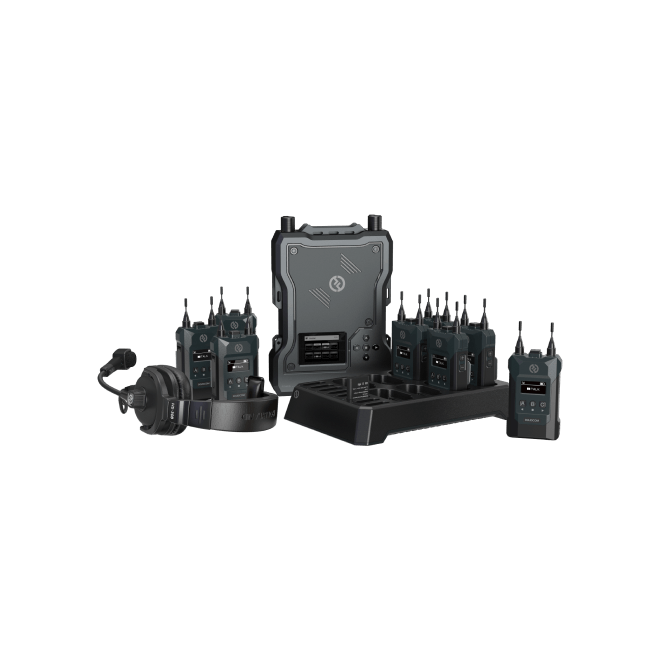
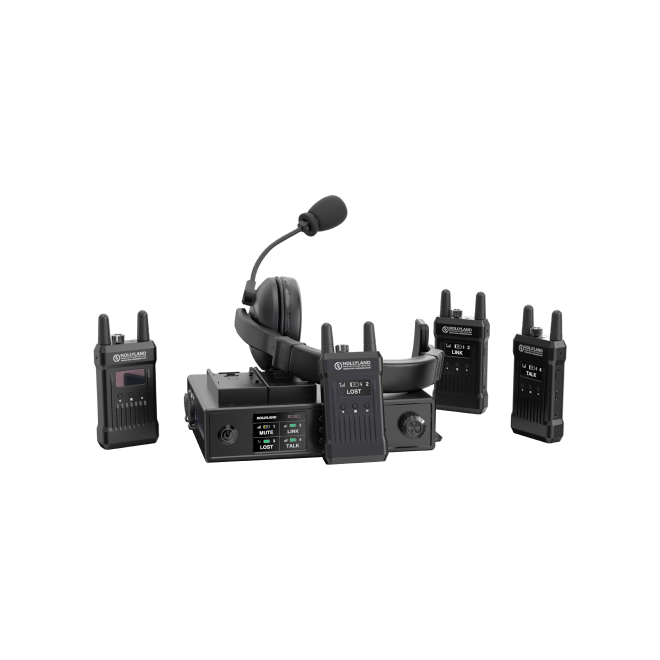
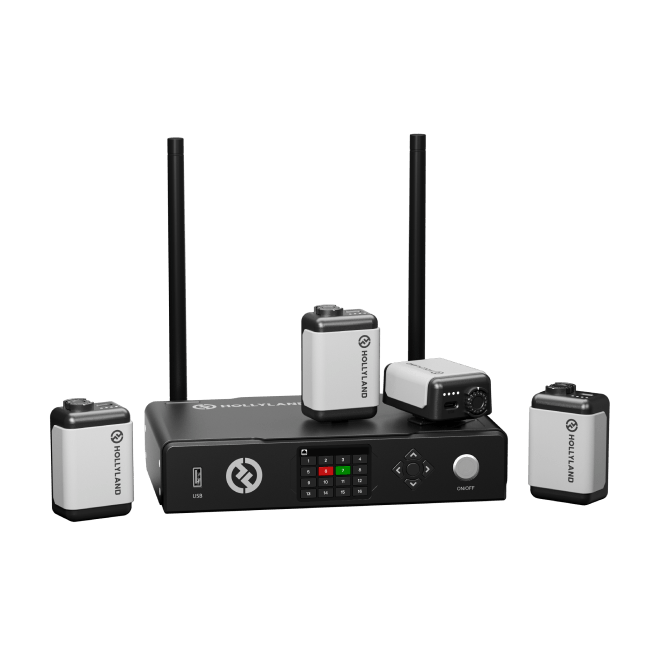
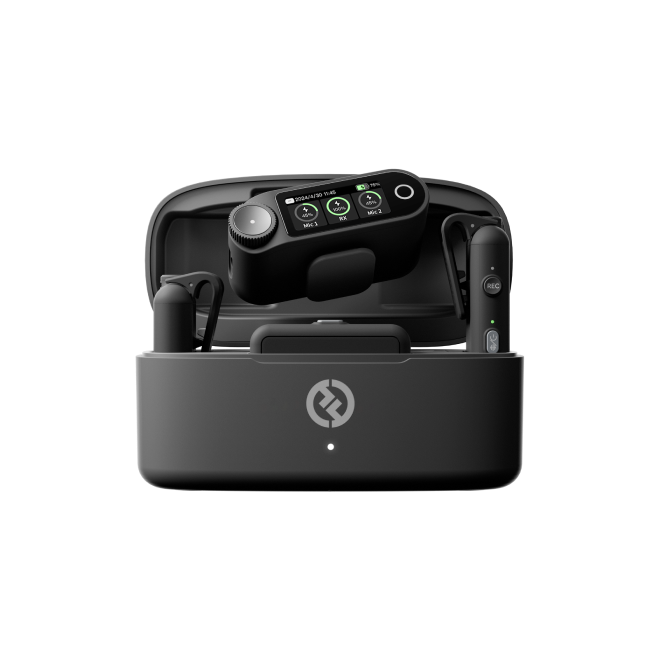
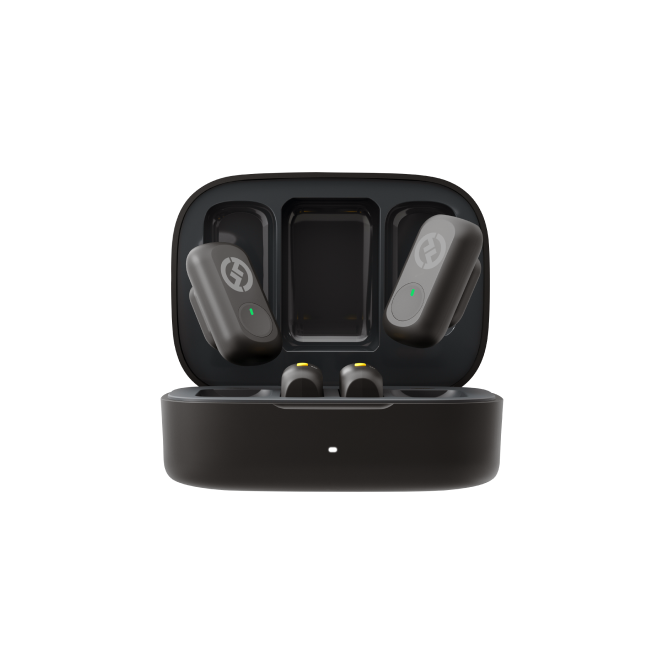

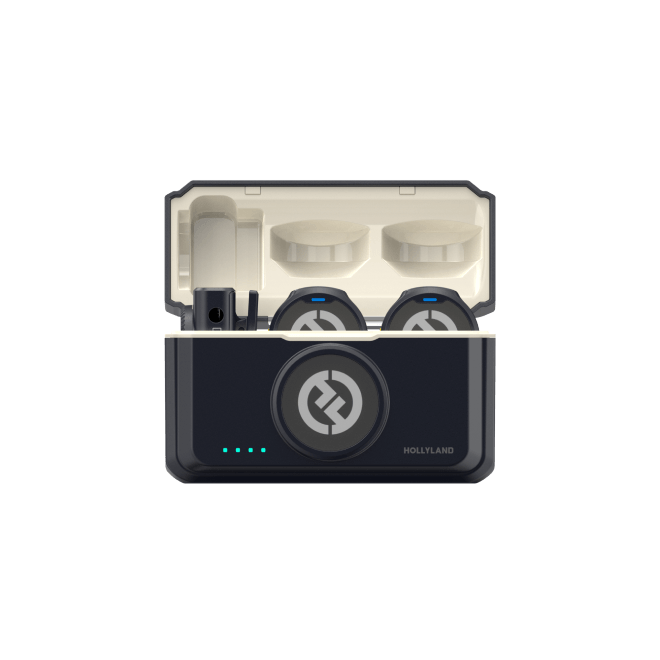
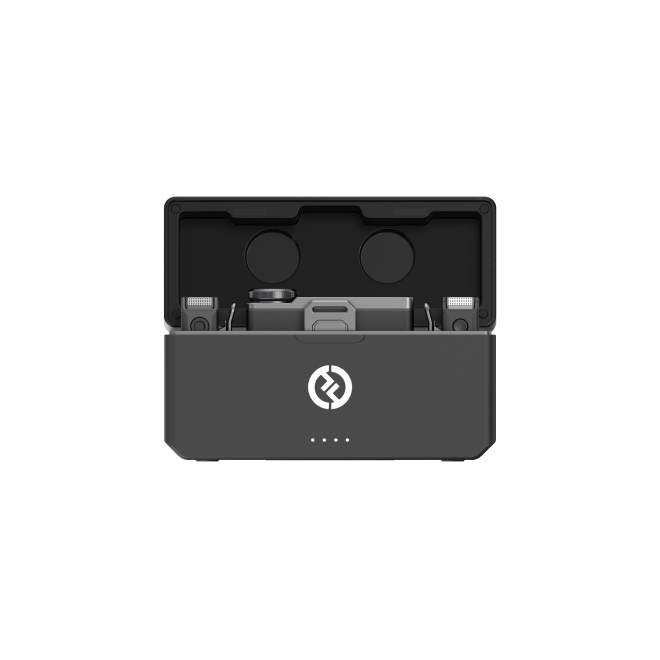
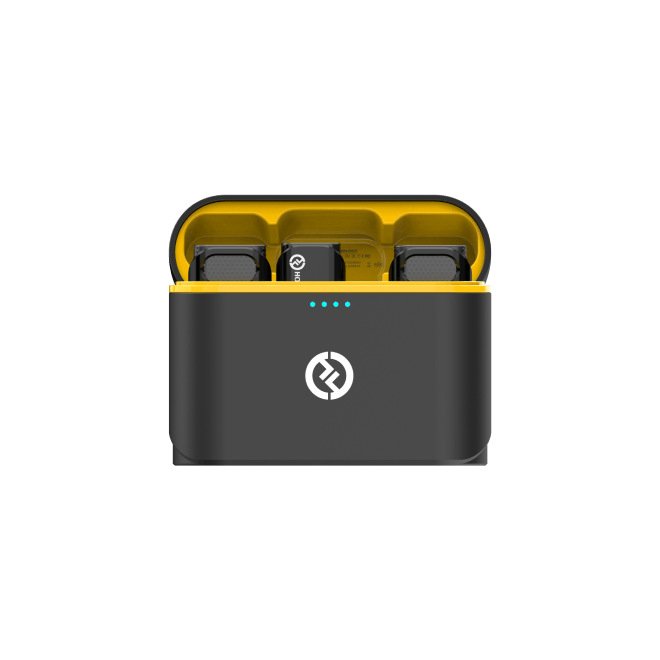
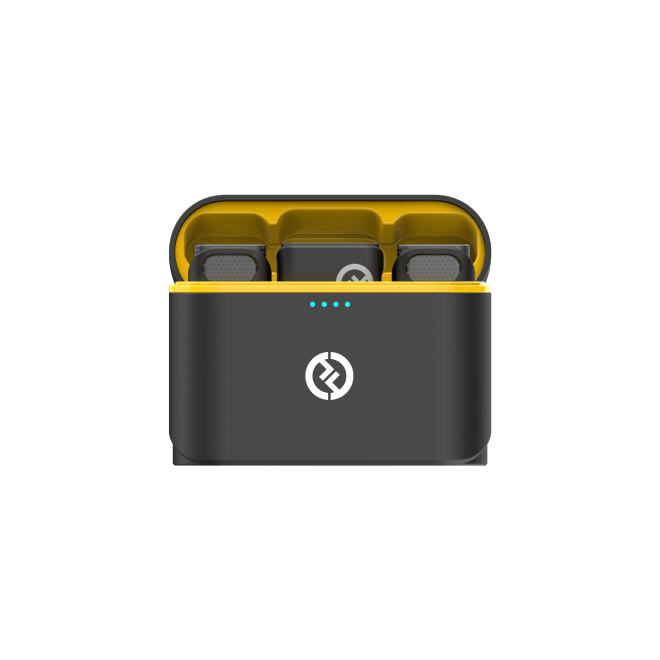
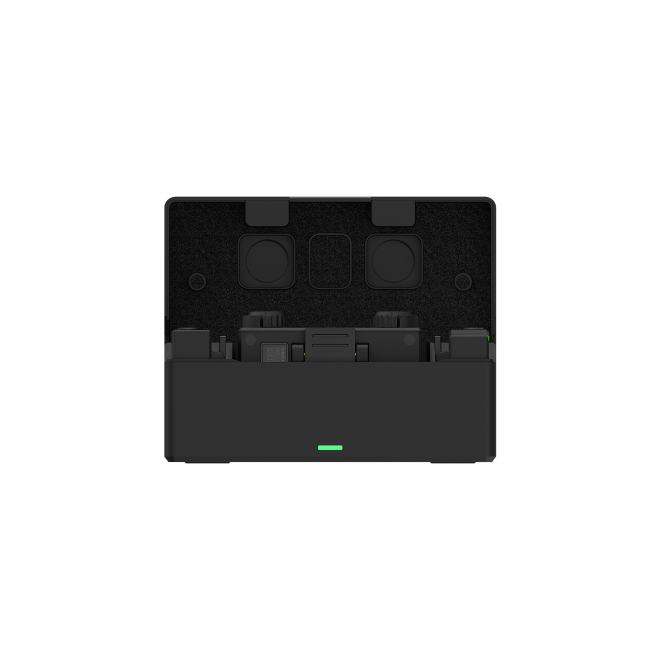
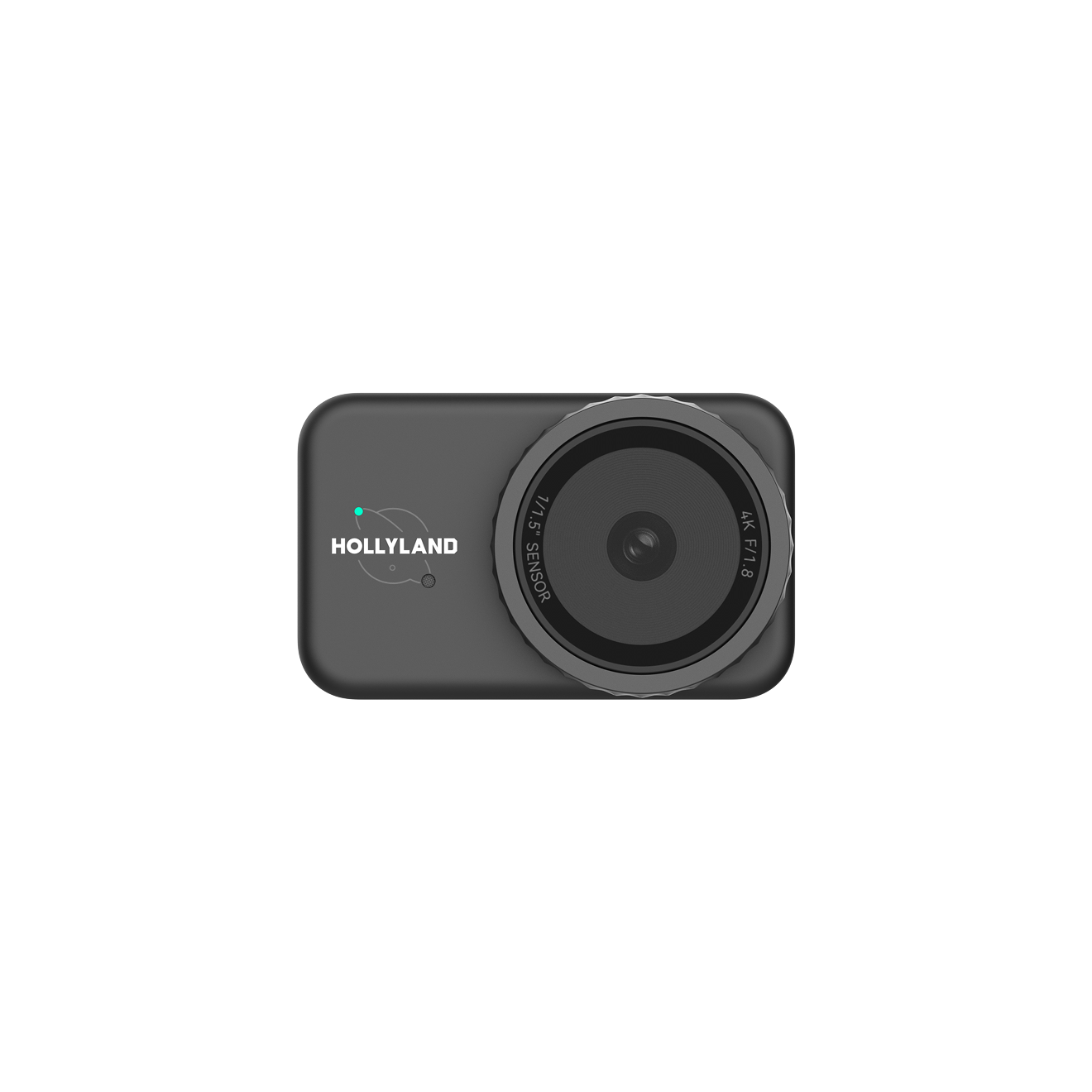

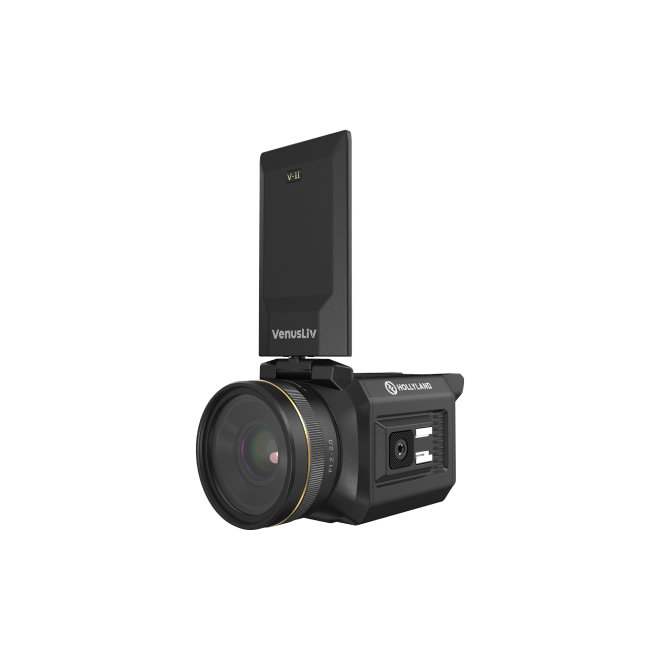
.png)




